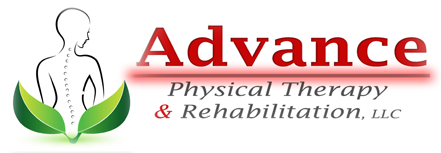
Whiplash or Neck Sprain Pain and Discomfort
What is whiplash or neck sprain pain and discomfort?
Whiplash is a condition that is most commonly caused by vehicular accidents. It is a type of soft tissue injury, and whiplash is also referred to as neck sprain or neck strain in the medical community. While the main symptoms of whiplash usually clear up within three weeks, approximately 50 percent of the people who experience a whiplash injury never fully recover, and 30 percent of whiplash victims are left with moderate or serious disabilities.
What causes whiplash or neck sprain pain and discomfort?
When you are involved in a vehicular accident, your spine and the tendons and muscles in your neck jerk back and forth rapidly. This abrupt and forceful movement is called extension and flexion, and it damages the muscles in your neck. Falls and sports injuries can also cause whiplash. The mechanics of whiplash are a subject of some debate within the medical community since it’s hard to tell exactly what causes this condition to linger for months or years after an accident. However, it’s agreed that whiplash is one of the most pernicious and serious types of sprains.
What are the symptoms of whiplash or neck sprain pain and discomfort?
Symptoms of whip lash include pain and tenderness in the neck, muscle spasm, decreased neck motion, stiffness and headaches.
How are whiplash or neck sprain pain and discomfort diagnosed?
In most cases, whiplash is diagnosed situationally. If you were recently involved in a car accident, a doctor will take this into account as they examine your neck for damage. Your doctor will also account for any medical history that may be contributing to your neck pain, and they may refer you for x-ray, MRI or CT scans.
How are whiplash or neck sprain pain and discomfort treated?
In some cases, a cervical collar may be prescribed when you experience acute whiplash. Pain medications and anti-inflammatories are also commonly prescribed, but physical therapy shows great promise as a potential non-drug treatment. Some physical therapy techniques such as ultrasound, massage, postural education, manual therapy, gentle stretching and strengthening exercises, Graston Technique, Neuro Emotional Technique, electrical stimulation and moist heat and cryo therapy have been shown to be effective for whiplash injury.


